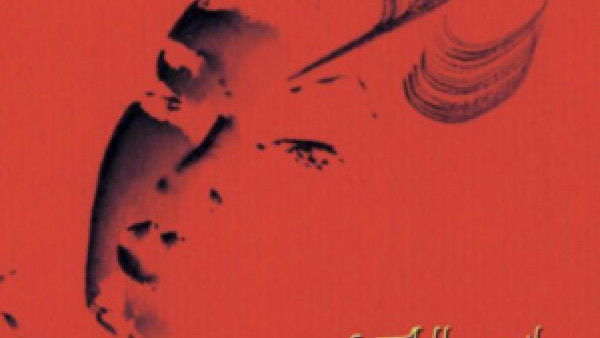Imaginary Jazz Encounters The Real Thing
Stravinsky’s ‘‘Histoire du Soldat’‘ is not the modest theater piece it first appears to be. Its newness, or better its anti-oldness, encapsulates more or less everything 20th-century composers have ever tried to do.
Stravinsky’s seven-piece band, top-heavy with brass and winds, reject the Romantic orchestra in the sharpest of terms. The musical sources are often jazz, or at least what Stravinsky in 1918 thought jazz was. Grand opera in the opera house was replaced with what was planned as a mobile traveling troupe moving performances from town to town.
‘‘Histoire du Soldat,’‘ as played by the Chamber Music Society and Jazz at Lincoln Center at Alice Tully Hall on Friday night, is narration and music: a soldier home from the wars enticed by the devil and by his own weakness. Stravinsky consciously drains away any trace of Goethe’s grandness or late-Romantic empathy for lost souls. This tale is tart and sardonic: weakness, both human and supernatural, is told with a leer or else a blank face.
The musical colors are bright and acid, and the meters calculated to discourage the ear’s expectations. Stravinsky at the time knew jazz and ragtime only from sheet music, and so he boxes in the syncopations and dotted rhythms with the regularity of European notation. Stravinsky was not championing American popular music, only using its traces as a weapon against the 19th-century spirit.
Interestingly, jazz made direct contact with Friday’s concert, first in the playing by Winton Marsalis and David Taylor of the trumpet and trombone parts, and then in Mr. Marsalis’s gloss on the Stravinsky piece called ‘‘A Fiddler’s Tale.’‘ Stravinsky gives both brass players very difficult parts, and they realized them here with splendid articulation and gorgeous sound. Indeed, so beautiful were the timbres, so rich and quivering, that at times Stravinsky might not have recognized his own piece. Possibly the composer had a little anti-beauty in mind, but these two musicians seemed incapable of that.
Continue reading the main story
I think, to give another example, that Stravinsky heard his chorale tune and its magnificent off-key harmonization a lot straighter and less expressive than this ensemble chose to make it: not interpreted with yearning accents by master players but banged out in time as if by a village band on a Sunday afternoon. Such cultural clashes made this concert a fascinating event. The uses of an imagined jazz faced encroachments by the real thing.
‘‘A Fiddler’s Tale,’‘ with a text by Stanley Crouch, retains ‘‘Histoire’‘ as a kind of cantus firmus. The spiritual conflicts of plot are basically the same, so too the basic musical designs and themes. All act as an undercurrent for Mr. Marsalis’s flights of fancy. The Americanized stretchings of gesture are deftly done for the most part, and the present composer allows himself the occasional wail where Stravinsky might have only snarled.
The two pieces put side by side made for a long evening, one exacerbated by Mr. Crouch’s word-heavy dramatization. Andre De Shields’s narrative style in the Stravinsky, an exercise in relative decorum, turned more expansive in ‘‘A Fiddler’s Tale.’‘ It was set off by Mr. De Shields’s head-to-toe red tuxedo outfit.
‘‘Histoire du Soldat’‘ is much more than history. With his unparalleled freshness, irrepressible energy and high sophistication, Stravinsky posits expressiveness without sentiment and sets a tone for his time. But when people ask about the important compositions of the 20th century, this one ought to spring to mind unbidden, and simply for the enjoyment it brings.
Ida Kavafian played beautifully in the Stravinsky and served also as Mr. Marsalis’s violinist-heroine in his own music. David Shifrin, clarinetist; Stefon Harris, percussionist; Edgar Meyer, bassist, and Milan Turkovic, bassoonist, were all exceptionally good.
by Bernard Holland
Source: The New York Times


